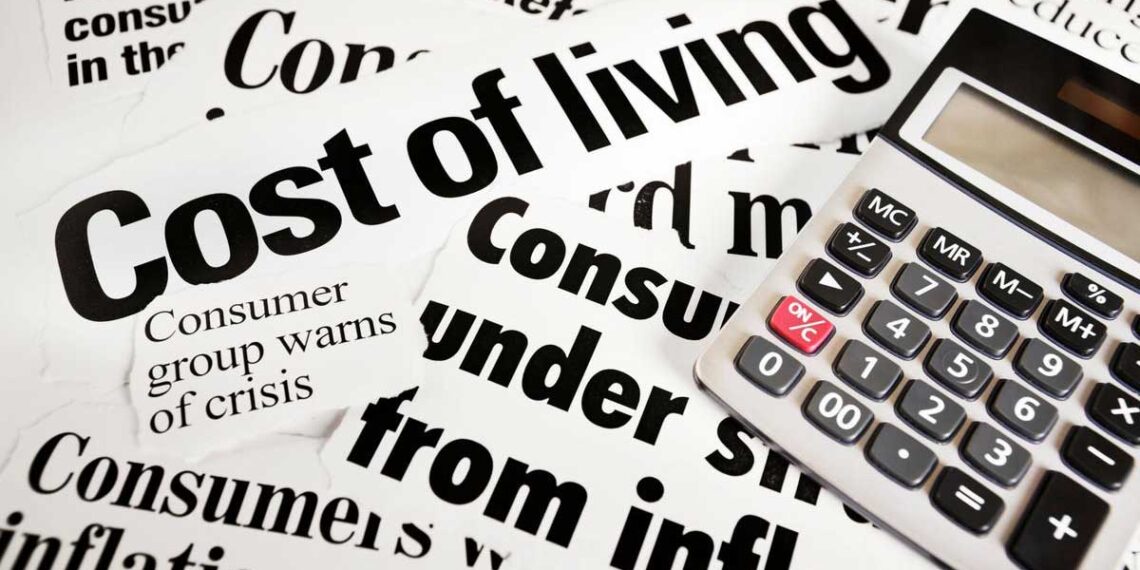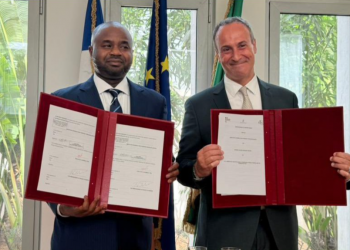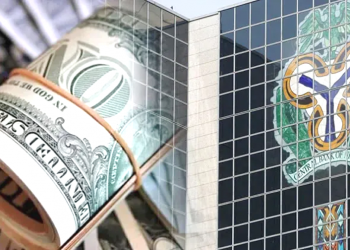Kogi, Lagos, Rivers, Oyo, and Akwa Ibom have long exceeded the 30 percent inflation mark as data from the National Bureau of Statistics has shown.
Meanwhile, Nigeria’s headline inflation increased to 28.2 percent in November.
With inflation rates at 33.28, 32.30, and 32.25 percent Kogi, Lagos and River are states with the highest inflation rates in Nigeria according to the latest data from the National Bureau of Statistics.
Soaring food prices is said to be the largest cause of inflation. Nigeria’s food inflation has been accelerating since August 2019 and crossed 30 percent in October rising to 32.84 percent in November.
Similarly, Kogi, Kwara and Rivers all have food inflation above 40 percent. Oyo, Akwa Ibom, Bauchi, Ogun, Kwara, are the other five states with their headline inflation rate at over 30 percent.
Teriba also explained that for these states higher inflation might be a base effect.
It refers to the impact of an increase in the price level (i.e. previous year’s inflation) over the corresponding rise in price levels in the current year (i.e., current inflation).
If the inflation rate was low in the corresponding period of the last year, then even a small increase in the price index will give a high rate of inflation in the current year.












